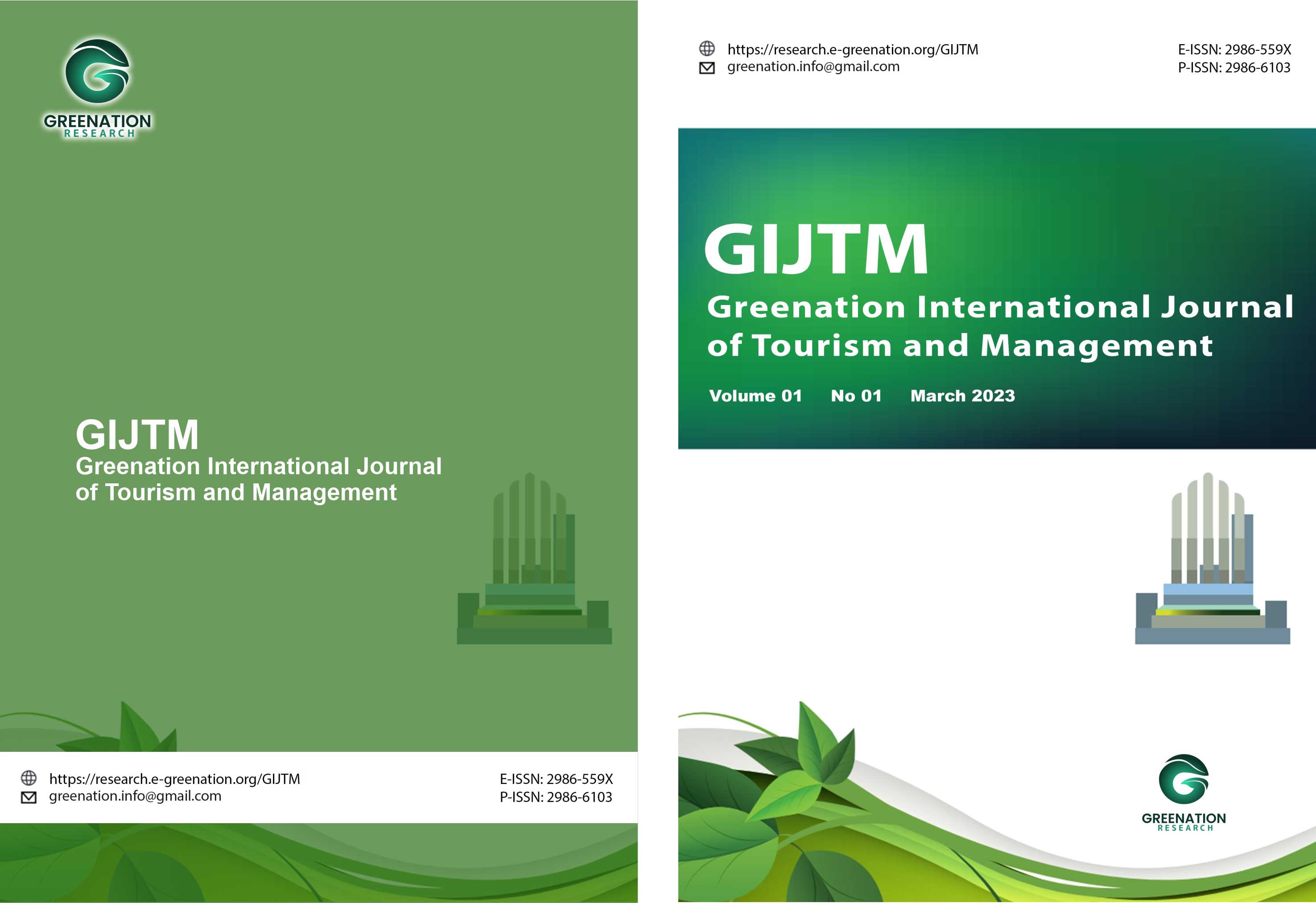Changes in Subsidized Fertilizer Policy on Factors of Production and Farm Income of Red Chili (Capsicum Annuum L) in Cianjur Regency
DOI:
https://doi.org/10.38035/gijtm.v1i3.79Keywords:
Capsicum Annuum L, subsidized fertilizer, factor of production, farmer incomeAbstract
Changes in subsidized fertilizer policies are felt to have a direct effect on the use of production factors and the income of red chili farmers. Data from the Central Statistics Agency for 2022 shows a decrease in the harvested area of ??1,380 Ha (58%) and production of 13,830.8 tons (53%) of red chilies in Cianjur Regency. This is the basis for research whether the decline in production is one of the impacts of changes in subsidized fertilizers. The research method is descriptive verification, the analysis technique used is multiple linear regression. The number of samples taken is 75 red chili farmers in Cipanas District. Subsidized fertilizer policy is one of the government policies in an effort to improve the economy of the farming community. However, these policy changes can have a significant impact on production factors and farmer incomes. This study reveals that changes in subsidized fertilizer policies have a significant effect on the income of red chili farmers. Changes in the policy of reducing the type of fertilizer and the allocation of fertilizer subsidies by 10% reduced farmers' income by 4.68%. Factors of Production affect the Income of Red Chili Farmers where changes in the use of factors of production after Minister of Agriculture No. 10 of 2022 where the type of fertilizer and the dosage of subsidized fertilizers change results in reduced farmer income. This study concludes that the income of red chili farmers is significantly influenced by production factors. After the enactment of the Minister of Agriculture, every change in the use of production factors by 10% in Production Factors contributed to an increase in farmers' income by 3.16%.
References
Ghozali, I. (2006). Aplikasi Analisis Multivariate dengan Program SPSS. Edisi Keempat. Badan Penerbit Universitas Diponegoro.
Hernanto, F. (2004). Ilmu Usahatani. Penebar Swadaya.
Irawan, W. (2022). Analisis Risiko Harga Cabai Merah Keriting Di Kabupaten Cianjur Provinsi Jawa Barat. Journal of Agribusiness Science and Rural Development,
Larasati, A., Antoni, M., & Lifianthi, L. (2022). Penggunaan pupuk subsidi dalam menekan biaya produksi dan pengaruhnya terhadap pendapatan petani di kecamatan Tanjung Lago. Fair Value: Jurnal Ilmiah Akuntansi Dan Keuangan,
Nauly, D. (2019). Dampak Kebijakan Subsidi Pupuk Dan Harga Pembelian Pemerintah Terhadap Kesejahteraan Produsen Dan Konsumen Beras Di Indonesia. Jurnal AGROSAINS Dan TEKNOLOGI,.
Sarwono, J. (2007). Analisa Jalur Untuk Riset Bisnis. Penerbit Andi.
Soekartawi. (1995). Analisis Usaha Tani. UII Pres.
Sugiyono. (2016). METODE PENELITIAN Kuantitatif, Kualitatif, dan R&D (cet ke-23). Alfabeta.
Sukirno, S. (2000). Makroekonomi modern. PT Raja Drafindo Persada.
Sumarni, N., & Muharam, A. (2005). Budidaya Tanaman Cabai Merah (Panduan Teknis PTT Cabai Merah No.2). BALAI PENELITIAN TANAMAN SAYURAN.
Supriadi, H., & Sejati, W. (2018). Perdagangan Antarpulau Komoditas Cabai di Indonesia: Dinamika Produksi dan Stabilitas Harga. Analisis Kebijakan Pertanian, 16, 111. https://doi.org/10.21082/akp.v16n2.2018.111-129
Susilowati, S. H. (2018). Urgensi dan Opsi Perubahan Kebijakan Subsidi Pupuk. Analisis Kebijakan Pertanian, 14(2), 163. https://doi.org/10.21082/akp.v14n2.2016.163-185
Downloads
Published
How to Cite
Issue
Section
License
Copyright :
Authors who publish their manuscripts in this journal agree to the following conditions:
- Copyright in each article belongs to the author.
- The author acknowledges that the Greenation International Journal of Tourism and Management (GIJTM) has the right to be the first to publish under a Creative Commons Attribution 4.0 International license (Attribution 4.0 International CC BY 4.0).
- Authors can submit articles separately, arrange the non-exclusive distribution of manuscripts that have been published in this journal to other versions (for example, sent to the author's institutional repository, publication in a book, etc.), by acknowledging that the manuscript has been published for the first time at GIJTM.


























